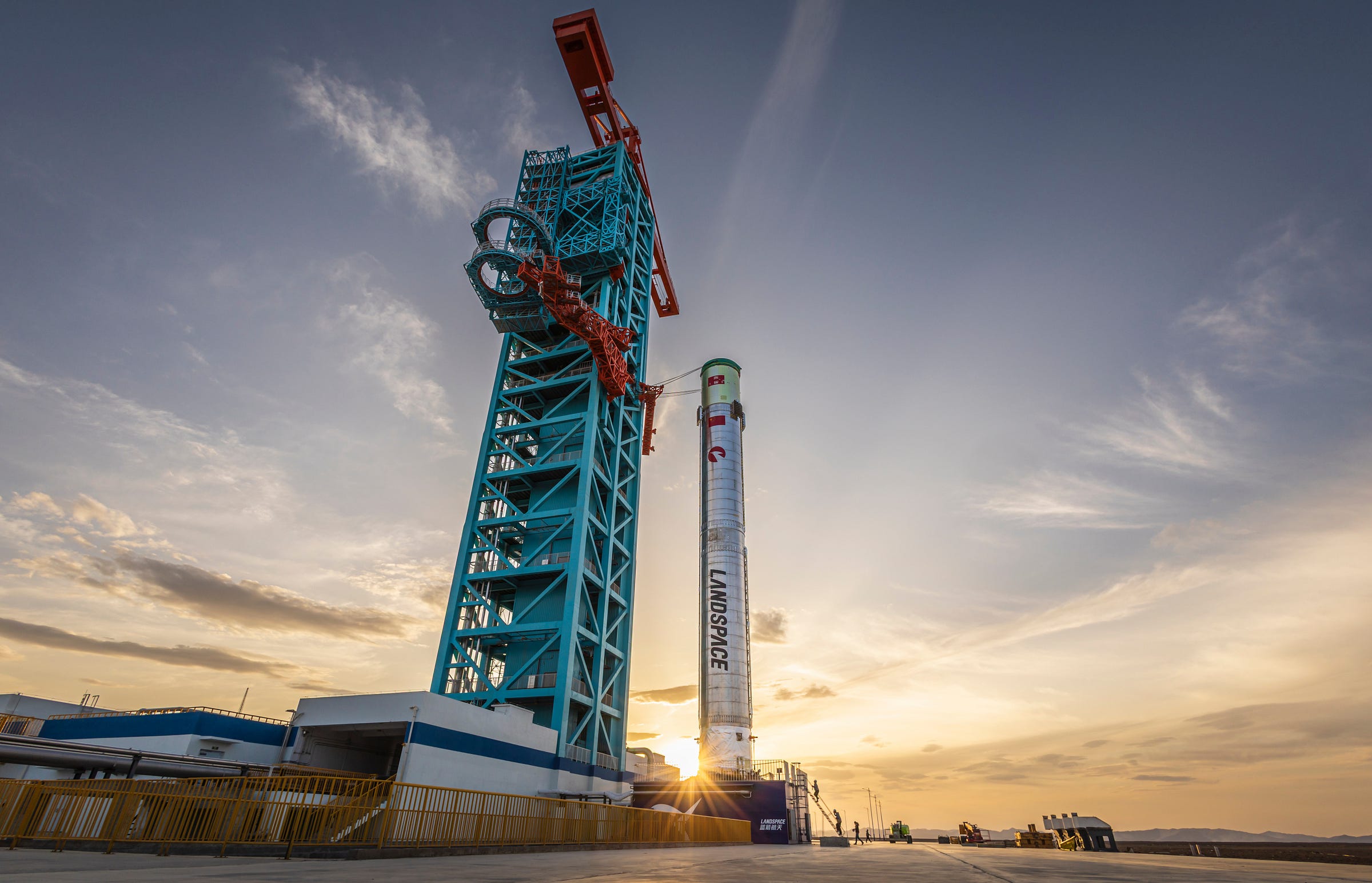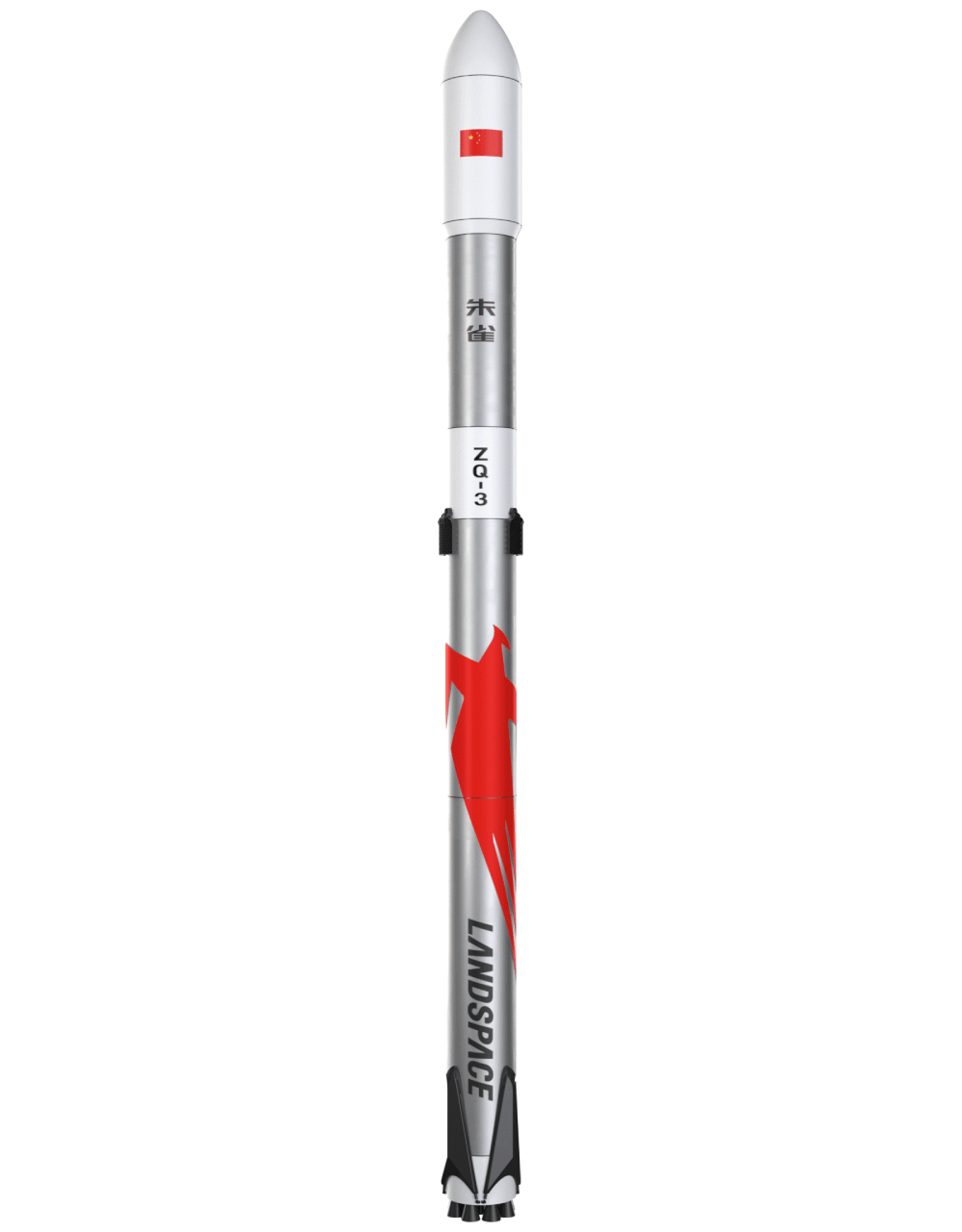LandSpace Fires up Reusable Zhuque-3 Booster!
Nine TQ-12A engines roared at Jiuquan for the first time together.
LandSpace has performed one of the few remaining tests ahead of the debut flight of its two-stage partially reusable stainless steel Zhuque-3 launch vehicle, with a static fire on June 20th. This test took place at 12:00 pm China Standard Time (04:00 am Universal Coordinated Time) on Launch Area 96B at the Jiuquan Satellite Launch Center.
For the test, the nine TQ-12A engines, burning liquid methane and liquid oxygen, on Zhuque-3’s 4.5-meter-diameter first-stage fired up to generate a combined 769 tons of thrust for forty-five seconds while gimbaling. The first-stage booster was fully loaded with propellant ahead of the test, both to mimic its conditions at liftoff and to weigh the stage down to prevent an unwanted flight.
According to LandSpace, the test successfully verified control systems for the nine engines, ensuring they’re generating the same level of thrust, starting up and shutting down at the same time, and gimbaling as wanted, as well as the first-stage’s structure, tank pressurization, and avionics. Alongside testing systems on the booster, the launch pads’ propellant loading systems and design to hold the first-stage were verified. As such, following the test LandSpace stated:
“This test is not only a comprehensive system exercise that is highly close to the flight state, but also a powerful verification of LandSpace's overall integration capabilities in the research and development of liquid oxygen and methane launch vehicle propulsion systems. It marks that China's liquid rocket propulsion system has achieved important breakthroughs in key technologies such as multi-engine synchronous start-up, multi-engine propellant distribution and combustion stability. It also lays a solid foundation for the upcoming maiden flight of the Zhuque-3 reusable rocket and the engineering of China's reusable launch vehicle technology.”
If there are any problems with this translation please reach out and correct me.
Test video via LandSpace, Vony7, and 卡尔达瓦里希.
Ahead of the test, Zhuque-3’s first-stage booster was rolled to Launch Area 96B on its transporter-erector, before being placed onto the launch pad by two cranes. The transporter-erector had been waiting for the stage since April, when it performed rehearsals of moving with a first-stage. The first-stage booster for the test quietly arrived at Jiuquan at the beginning of the month.
Zhuque-3’s launch pad at Launch Complex 96B was partly developed by the China Aerospace Science and Industry Corporation (中国航天科工集团有限公司), said to be lightweight and modular, and can support the vehicle being placed atop of it by a transporter-erector. Cranes were used ahead of the test today due to no second-stage being able to support the upper half of the vehicle.
With the static fire now completed, LandSpace could be ready to perform Zhuque-3’s debut flight as soon as next month, depending on hardware readiness.
In the end notes of LandSpace’s post-test blog post, the company quietly confirmed that Zhuque-3 will initially fly in a less capable configuration, standing 66 meters tall and weighing 570,000 kilograms. This is around ten meters shorter and 90,000 kilograms lighter. Zhuque-3 flying in a smaller configuration initially is likely due to LandSpace wanting to utilize its supply of TQ-12A engines while the more powerful TQ-12B’s are produced. As a consequence, initial vehicles will lift no more than 11,800 kilograms when expended or 8,000 kilograms with a downrange landing, according to a leaked customer guide, short of the up to 21,300 kilograms boasted previously.
LandSpace is hoping to fulfill an ambitious year with Zhuque-3 in 2025, targeting three flights and the landing of a first-stage, along with twelve flights in 2026 if all goes as planned this year, with Zhang Changwu (张昌武), Chief Executive Officer of the company, informing China Daily in February:
"These launches will deliver a combined payload capacity of around 60 tons, and we are targeting the successful recovery of the rocket's first stage within these three missions"
Eventually, when LandSpace begins flying the full capability Zhuque-3 launch vehicle, they would like to fly one per week, while within three years being able to offer launch services at a cost of 549 million Renminbi (76.4 million United States Dollars, as of June 20th) per flight, before it drops further to 54.9 million Renminbi (7.64 million United States Dollars).
In order to ensure the highest possible chance of success with Zhuque-3’s debut flight, a 350-meter and 10,002-meter hop test were performed in 2024. Both tests were successes, with the second demonstrating an in-flight engine restart ahead of landing. In the second test, four grid fins and various reaction control thrusters guided the hop test vehicle up until the engine relit. Over 130,000 seconds of engine firings have been performed as well.
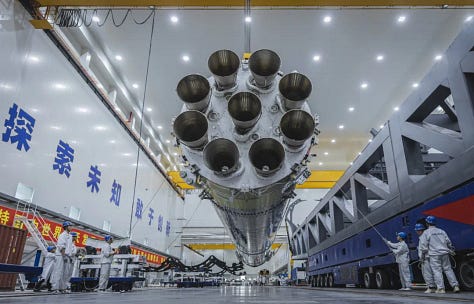
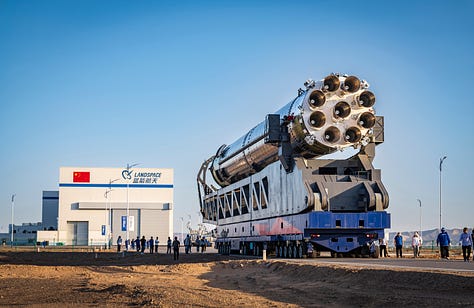
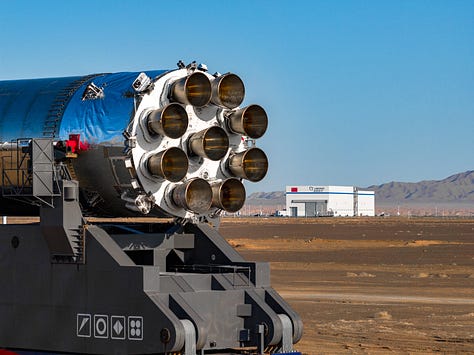
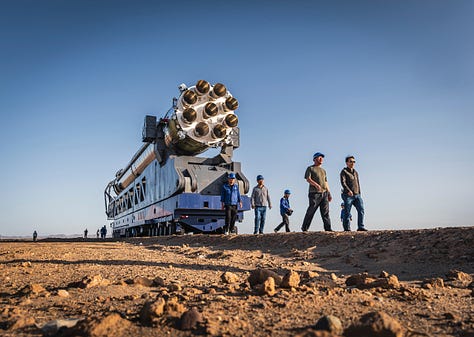
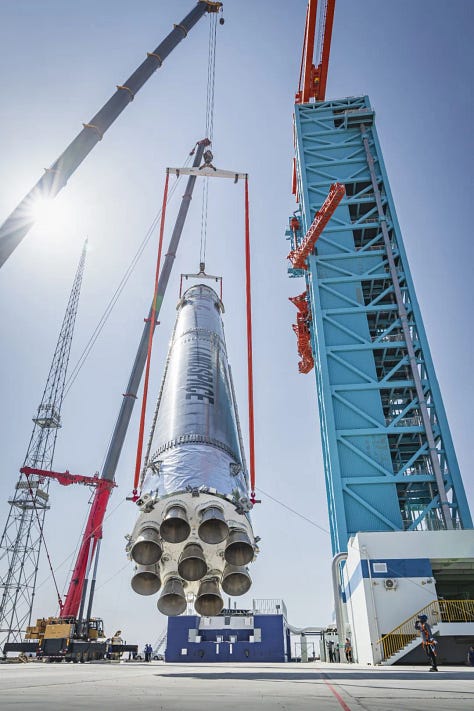
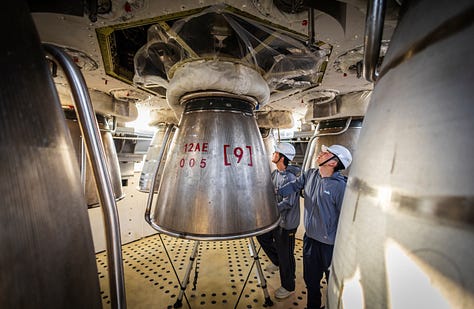
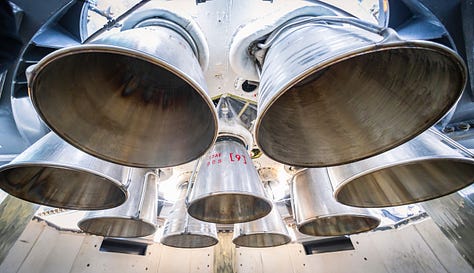

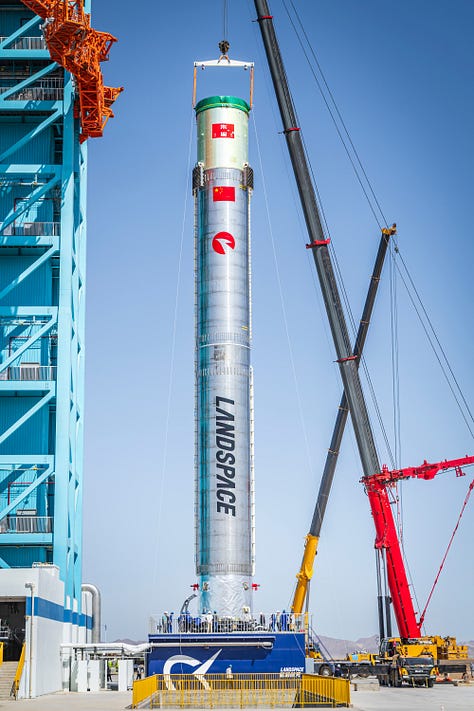
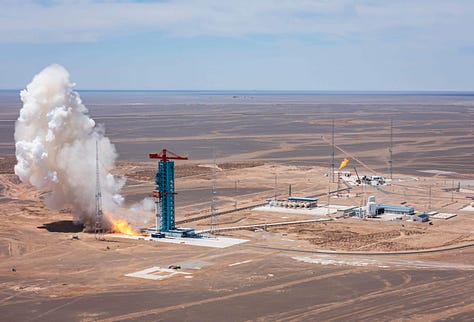
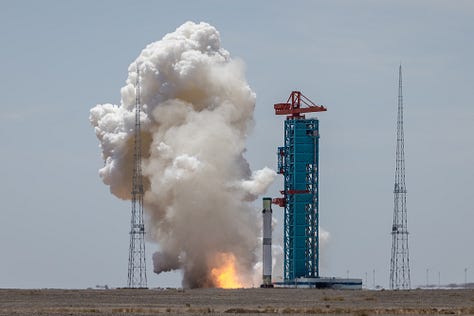
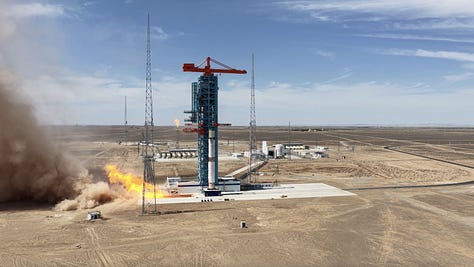
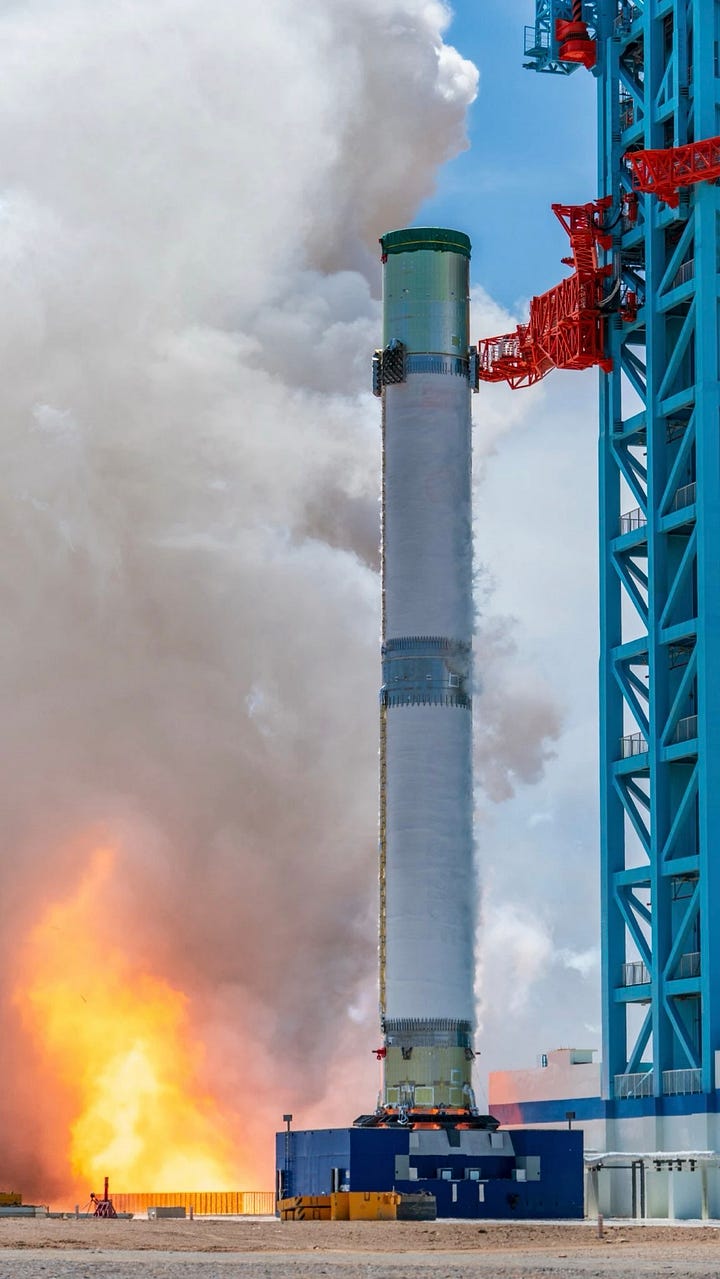
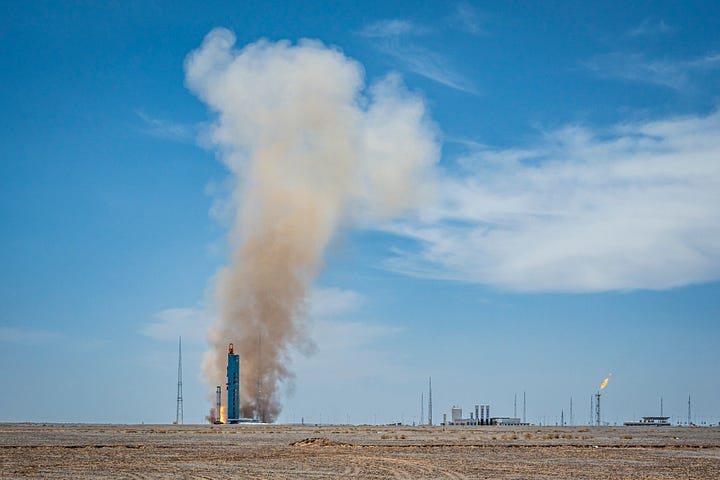
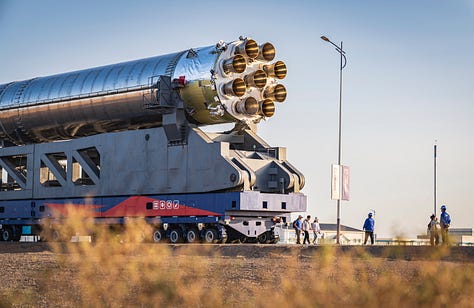
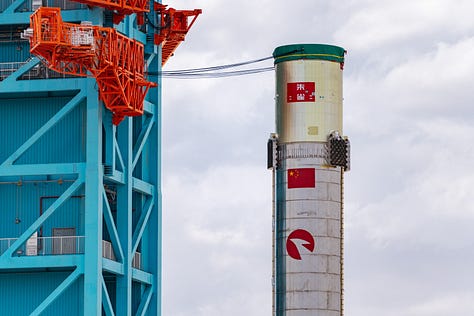
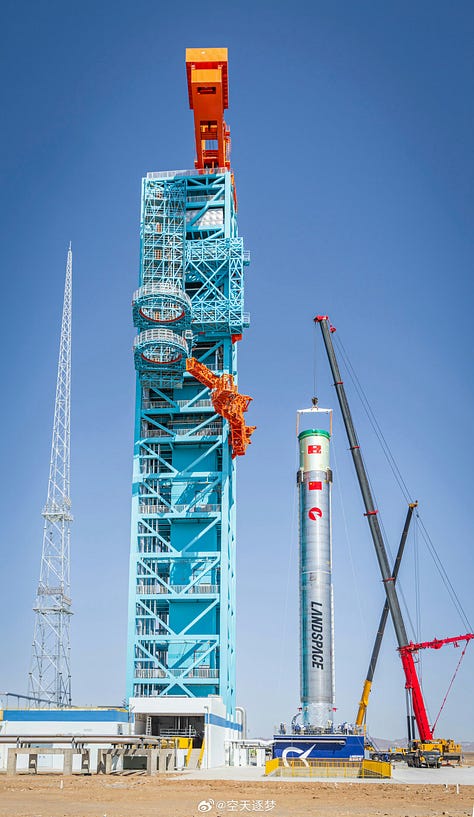
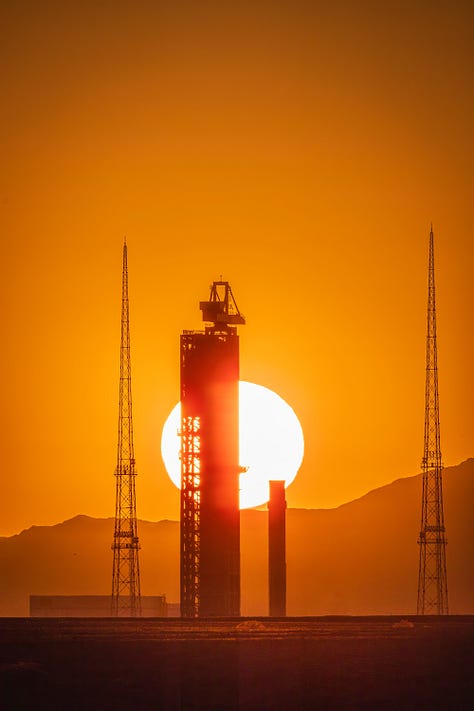
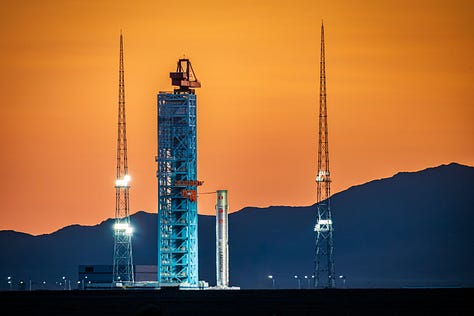

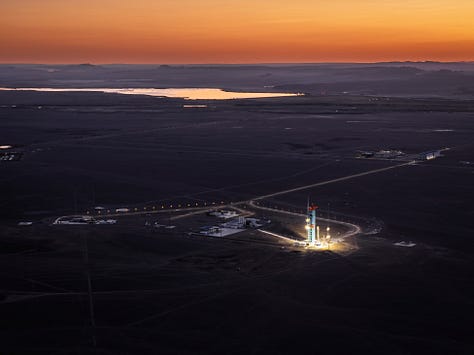
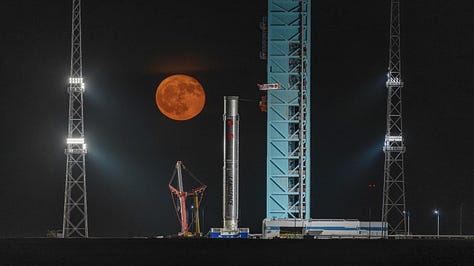
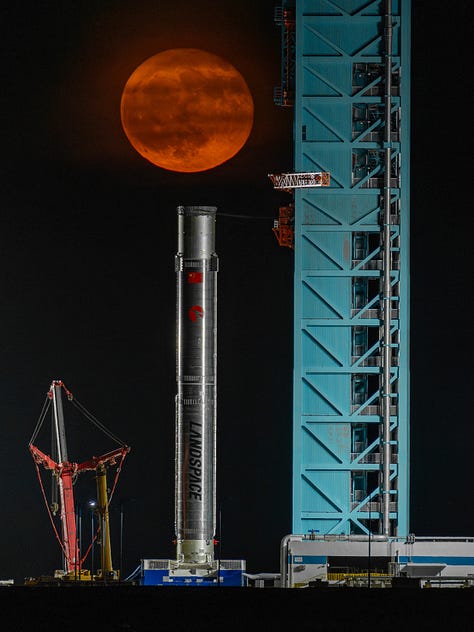
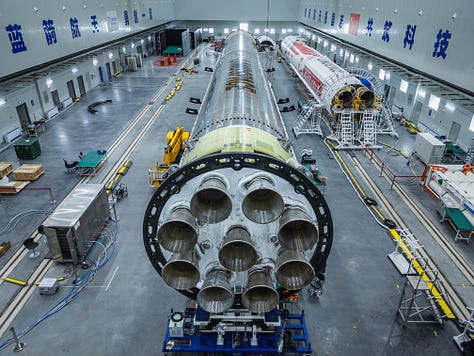
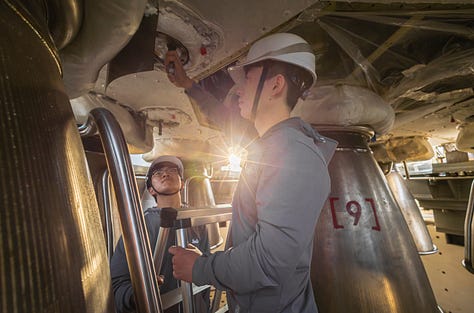
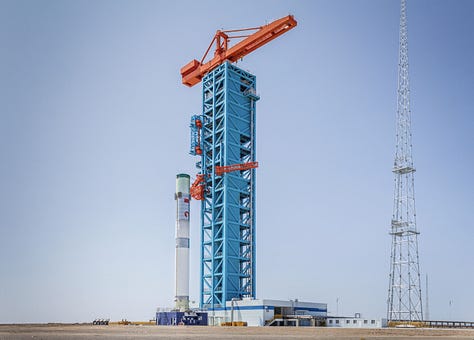
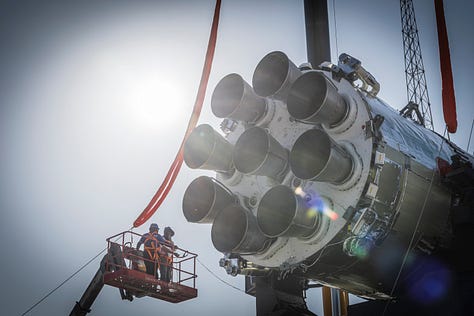
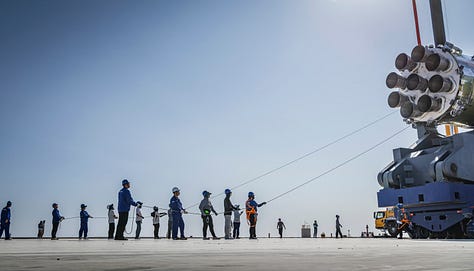
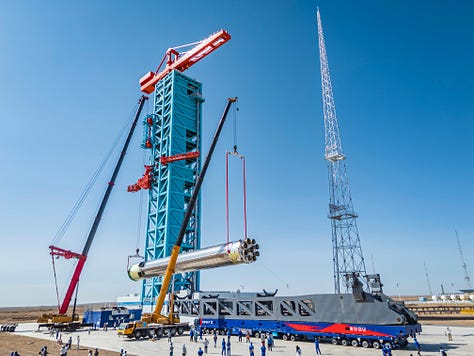
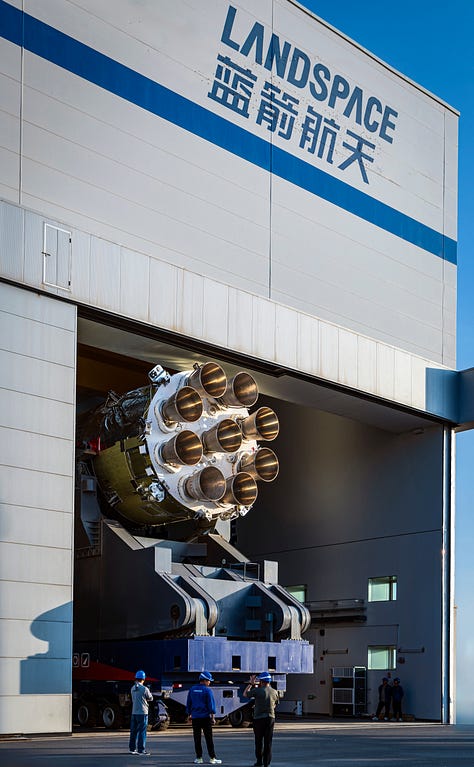
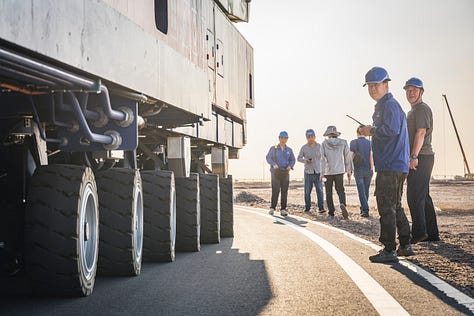
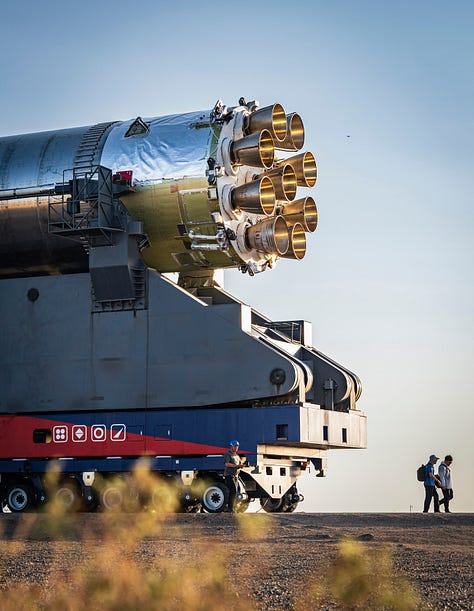

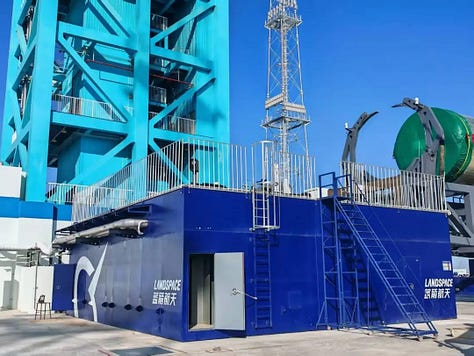
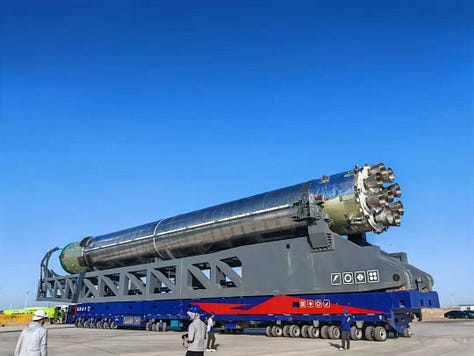
What is Zhuque-3?
Note: these are not the details of Zhuque-3’s debut and initial flight configuration, rather the full capability vehicle.
Zhuque-3 is LandSpace's in-development two-stage partially reusable medium to heavy lift launch vehicle. Zhuque-3 plans to burn liquid methane and liquid oxygen propellants in its engines on both stages, which will be built out of stainless steel.
LandSpace claims that Zhuque-3 will be able to lift up to 21,300 kilograms to low Earth orbit when expended, 18,300 kilograms when landing downrange on a drone ship or landing pad, or 12,500 kilograms when returning to the launch site.
The first-stage of Zhuque-3 is planned to be powered by nine TQ-12B enginesgenerating an approximate combined 900 tons of thrust while burning liquid methane and liquid oxygen. LandSpace is also looking to fly each first-stage twenty times, with the potential to certify them for more flights.
The second-stage of Zhuque-3 is planned to be powered by one TQ-15B, generating a believed 100 tons of thrust while also burning liquid methane and liquid oxygen.
To facilitate reuse of the first-stage, three engines will be lit during re-entry, followed by one being lit again for landing on a drone ship or landing pad. For boost-back burns, the booster will turn around in-flight after separation and relight one engine.
The boosters and second stage are currently planned to have a diameter of 4.5 meters. The fairing is planned to be 5.2 meters in diameter and split into two halves. The total height of Zhuque-3 is currently planned to be 76.6 meters with it having a fully fuelled mass of approximately 660,000 kilograms.



